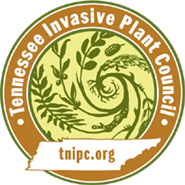Polygonum caespitosum var. longisetum (deBruyn) A.N.Steward
Polygonum caespitosum var. longisetum (deBruyn) A.N.StewardBristly Lady's Thumb, Bunchy Knotweed, Long-bristled Smartweed, Oriental Lady's Thumb
| Category |
|---|
| Forb/Herb |

Description
Stem
The stems can be erect or prostrate, freely branched, reddish in color and swollen at the nodes.Leaves
Thin, dark green leaves are alternately arranged and lanceolate to elliptic in shape. They measure 0.75 to 3 inches (2 to 7.5 cm) long and 0.5 to 1.25 inches (1 to 3 cm) wide. Foliage is mostly glabrous, but older leaves can sometimes have hairs on the margins and veins of the lower leaf surface.Flowers
Flowers are clustered in terminal spikes at the ends of stems. Individual flowers are small, 0.75 to 1.5 inches (2 to 3.5 cm) in length and 0.2 inches (0.5 cm) across, and are dark pink to red in color. The flowers appear from July to October.Fruit
The black, smooth, shiny achene’s are 0.07 to 0.1 inches (0.02 to 0.25 cm) in size and are dispersed mechanically. The roots are fibrous with a shallow taproot.Images
Photo: Leslie J. Mehrhoff, University of Connecticut, Bugwood.orgMore images of Polygonum caespitosum
